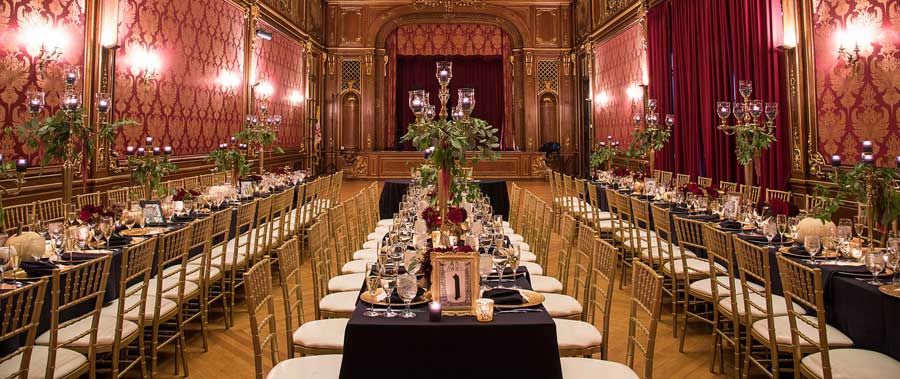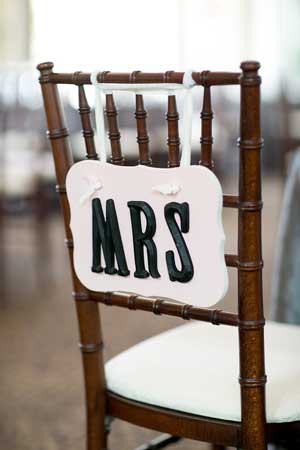Chiavari chair: the most popular ballroom chair in the world
The name

The Chiavari chair received its name from a small town in northwestern Italy. The Italian term Sedia di Chiavari does not quite do justice to the emotional attachment enjoyed by these little chairs. Another commonly named term is chiavarina (chiavarine for plural). Also, for no known reason, these chairs are often referred to as Tiffany chairs. Keep in mind that this does not refer to the popular high-end jewelry maker. This is strictly a reference to the particular furniture style.
Design story
In 1807, Italy was under French occupation. This brief episode of Napoleonic wars increased transparency between the two cultures. The main esthetic contribution of Napoleon’s France was the Empire style, inspired by the globalist aspirations of the famed general who rose to power after the revolution. French Empire can be succinctly described as striving to achieve neoclassical elegance while also gravitating to simplicity. It’s austere classicism, if you will. As a part of the cultural exchange, especially noticeable in the North of Italy, Marquis Stefano Rivarola, the patron of the Chiavari Società Economica (“board of commerce” would not be a far fetched way of explaining this local institution) traveled to Paris. Some examples of the new French style impressed him so much that he brought back the chairs which he knew could serve as inspiration for one of Chiavari’s talented furniture makers: Giuseppe Gaetano Descalzi (1767 - 1855). The resulting chair was simplified and modified: the upholstery was removed and the legs became straight. The cherry wood construction became lighter and cheaper to make. Most importantly, Descalzi made sure that some elements of the chair could be mass produced with relative ease. This elegant simplicity combined with the ability to take over the market made the Chiavarina an instant hit.
The very principles that Descalzi used to make his chair lighter and sturdier helped create a more elegant (if not delicate) look. Multiple thin splats and spindles were also easier to mass produced and did not require complicated processes such as bending. The spindles resemble bamboo with their many eye-catching “knots.” The whole construction seems almost spun out of thin air.
The popularity of the Chiavari chairs has been an accepted fact in the old world since the mid 1800s, but their greatest appearance on the American soil was at the wedding of John F. Kennedy and Jacqueline L. Bouvier (Jackie) on September 12, 1953. Chiavari chairs were paced around the main table and were featured in beautiful photos. This event cemented the chairs’ reputation for years to come. Their continued appeal can be linked to the flair of old Europe, something that Americans remain nostalgic about, no matter how many generations ago their families came to the new continent.
Where to use Chiavari chairs
 The cheap, elegant and light Chiavari chairs have found their way into thousands of hotels and venues around the world. Most of them are currently stacked, waiting for the next time they are required. While there are other varieties of ballroom chairs, Chiavarine are great for decorating. You can tie a bough, a baloon, a sign… But these chairs are also ideal for small spaces, such as a tight kitchen or a bedroom in an old traditional house. Sometimes you just need a little chair to throw an article of clothing on, right?
The cheap, elegant and light Chiavari chairs have found their way into thousands of hotels and venues around the world. Most of them are currently stacked, waiting for the next time they are required. While there are other varieties of ballroom chairs, Chiavarine are great for decorating. You can tie a bough, a baloon, a sign… But these chairs are also ideal for small spaces, such as a tight kitchen or a bedroom in an old traditional house. Sometimes you just need a little chair to throw an article of clothing on, right?